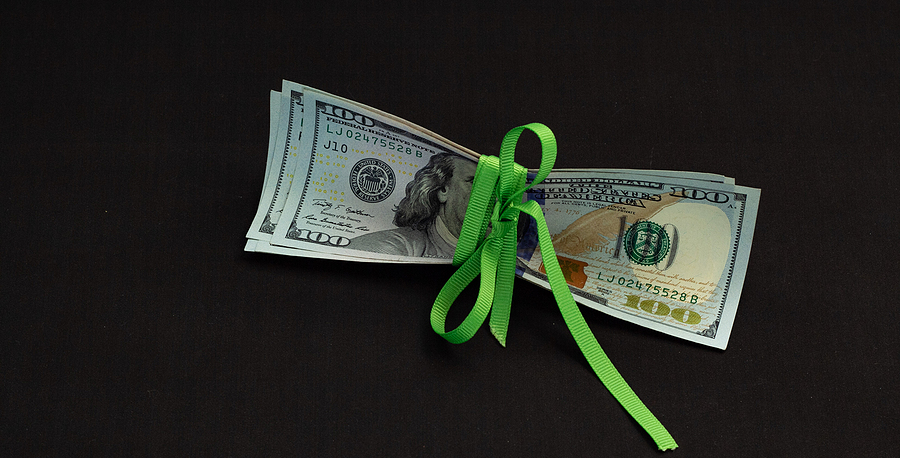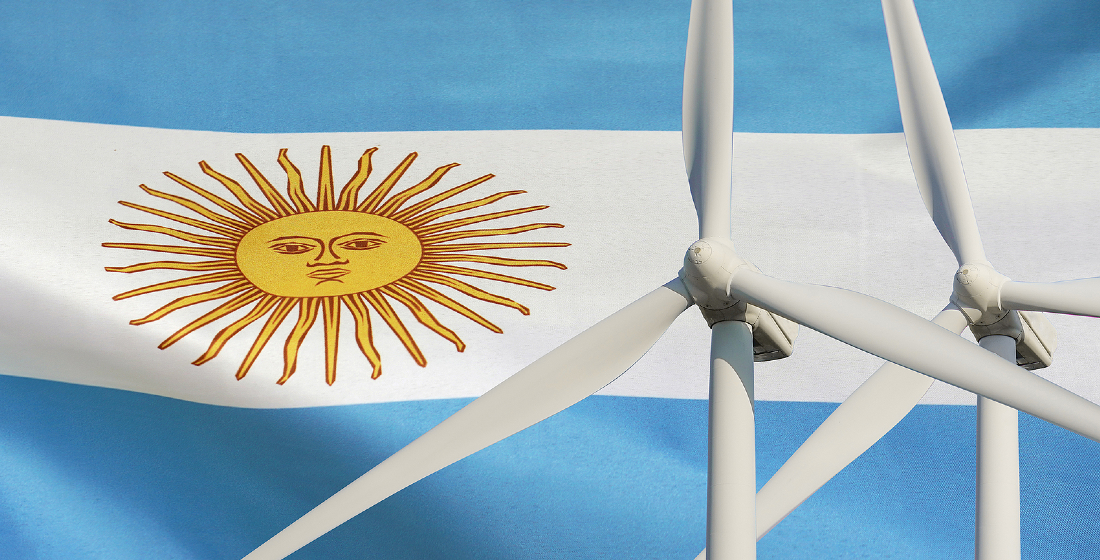The world's first sustainability ‘re-linked’ bond
Debuting a novel ‘step-down’ clause, Bank of China's recent $300 million notes offering looks to introduce sustainability-linked loans to the clout of the global bond markets.

Aiming to open up the sustainable finance markets to a wider base of investors, Bank of China (BOC) last month structured a first of its kind: a bond linked to the ESG targets of a pool of its existing loan portfolio.
The offering comprised $300 million of three-year sustainability re-linked notes, the proceeds of which will be used to finance or refinance some of the bank’s existing sustainability-linked loans (SLLs). The bond features an innovative mechanism whereby the coupon will be adjusted, through a re-linking mechanism, according to the performance of the sustainability targets of the underlying SLLs.
The bank said the notes were issued with the purpose of enabling more capital flow towards sustainable finance, supporting corporates' efforts in improving the ecological environment, tackling climate change, resource conservation and efficiency, increasing social benefits, and enhancing the corporate governance system.
“This novel structure pushes the boundaries of integration of the bond and loan sustainable finance markets,” said Jaclyn Yeap, partner at law firm Allen & Overy, which advised on the transaction. “It could provide a further alignment of the various stakeholders in the sustainable finance markets, as the bond investors may be able to play a part in the drive with the bond issuers to encourage the end-borrowers (i.e. of the underlying loans) to achieve their ESG ambitions and ultimately the transition to ‘net zero’.”
A novel ‘step-down’ clause
The bond, advised on by Allen & Overy and Linklaters, was priced at 32 basis points above US Treasuries, or about 43 basis points inside initial marketing.
According to the BOC documentation, the three-year coupon is subject to the ESG terms of five Bank of China SLLs in their second and third year, deriving from borrowers located in the UK, US, Singapore and Hong Kong. The SLLs involved: industries including travel, fund management, trade, manufacturing and storage; ESG targets for greenhouse gas emissions and ESG scores; and ESG pricing adjustments of up to five basis points.
The underlying SLL portfolio may also adjust within the bond period, Zhou Quan, BOC’s general manager for asset and liability management, recently told Bloomberg. At the time of bond issuance, the total tally of the loans was greater than the size of the bond, exceeding $500 million, he added. Investor demand reached $700 million – or 2.3 times the deal size – during marketing; with over 90% of the demand coming from bank investors in the Asia-Pacific region, followed by EMEA.
“In essence, if there is an adjustment of the loan interest due under a designated SLL, there will be a corresponding adjustment to the coupon to be paid by the bond issuer to the SRLB (sustainability re-linked bond) investors,” explains Yeap. “The proceeds from a normal SLB (sustainability-linked bond) issuance would not need to be directed specifically to green or sustainable purposes and may be used for general corporate purposes or other purposes. Whereas the proceeds from the SRLB issuance were specifically to be used to finance or refinance eligible sustainability-linked loans."
The coupon also boasts a novel ‘step-down’ clause, meaning bondholders will lose money if the underlying SLL borrowers manage to surpass their sustainability targets.
“SLBs have traditionally offered a step-up only mechanism to the coupon – ie if the bond issuer fails to meet its targets, the bond coupon increases, but there is no corresponding step-down mechanism if the bond issuer does reach its targets unlike in SLLs,” explains Yeap. “Given that the SRLB is structured to allow bond investors to gain exposure to SLLs, the relevant ESG-related increase as well as decrease to the SLL interest will both have a corresponding impact on the SRLB coupon.”
Furthermore, BOC excluded the following industries from its eligible SLL portfolio: fossil fuels, including coal; biofuels, biogas or biomass industries that use food crops as sources; nuclear power; mining and quarrying; luxury services or goods, such as clubhouse operation; alcoholic beverages; gambling and predatory-lending enterprises; tobacco and tobacco-related products; and weapons and ammunitions.
Satisfying the financial industry’s insatiable ESG appetite
The new structure is the latest addition to the fast-evolving sustainable finance sector, as the industry develops new tools to accommodate for the global finance’s ever-growing appetite for ESG assets. According to Bloomberg data, the global ESG bond market is closing in on the $1 trillion mark, representing a doubling of the $493 billion recorded in 2020.
Europe has been the bellwether of the sustainability-linked debt market, but Asia and the Americas are fast catching up. The sector has nevertheless faced criticism for some of the softer ESG targets set by borrowers and a lack of transparency in the loan terms leading to allegations of green- and social-washing.
BOC has tried to counter such accusations by issuing a ‘management statement’ for the bond, which aligns its re-linking mechanism with four core components of relevant International Capital Market Association (ICMA) principles, and five core components of Sustainability Linked Loan Principles 2021. The bank will disclose further information annually in its ‘SRLB annual report’, which will include the relevant information on the targets of the SLL portfolio. Additionally, a yet-to-be-named ‘external verifier’ will issue an annual report, verifying the SLL portfolio and SRLB coupon adjustment.
Going forward, Yeap believes this new SRLB structure will serve to introduce a broader investor base to the SLLs market by linking financial resources between global bond and loan markets. “In addition to green, social, sustainability bonds and sustainability-linked bonds, SRLBs further complement the existing ESG product offerings by allowing bond investors to gain exposure to SLLs, not only in relation to the use of bond proceeds, but also in relation to the ESG-related margin adjustment of the underlying SLLs,” says Yeap.





